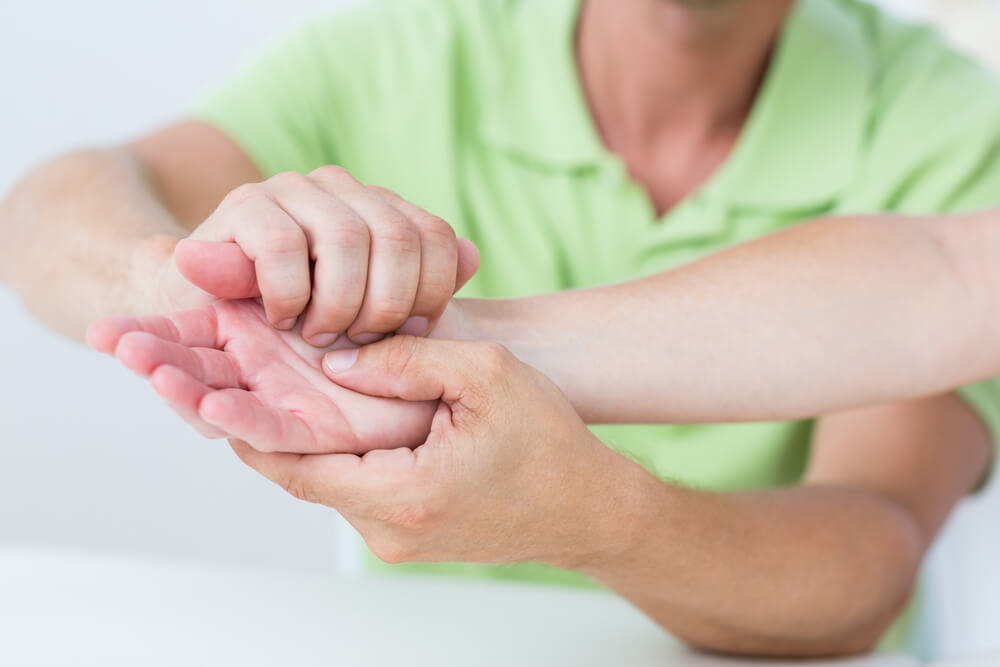You avoid walking the dog. You can’t play with your grandchildren. These are just a few of the ways people can be negatively impacted by arthritis.
Unfortunately, this issue is far too common in the U.S. In fact, it’s reported that more than 54 million Americans have some type of arthritis. Physical therapy has been a respected arthritis treatment option for decades and is known for helping joint pain and stiffness. Here are three of the ways that physical therapy for arthritis pain can benefit you:
- Revealing the negative effects of smoking
Smoking is one of the most troublesome habits that a person can have, but you might not realize that it can have negative effects on your arthritis. A physical therapy plan for arthritis pain can help you learn how smoking affects and even increases the likelihood of arthritis. One study reveals that smokers were more than twice as likely to develop this condition. Some of these reasons for this is that smoking can cause:
- Damage to cartilage cells
- A decrease in the production of new cartilage
- An increase the levels of cartilage-reducing toxins in the blood
- Helping you learn new ways to get around
To deal with arthritis pain, for example, your physical therapy specialist can help you find new ways to accomplish your daily tasks without pain. These specialists also identify body positions, along with non-ergonomic work setups, that contribute to pain. There are ingenious workarounds for many of the moves that cause aching joints that you might never have guessed — whether it’s going up the stairs, emptying the dishwasher, or holding your grandchildren.
- Showing you exercises that can help reduce pain and stiffness
What you may think of as “traditional” physical therapy can also do a world of good for arthritis pain. Gentle exercises, which you can also do at home, may help limber up your stiffened joints and muscles. They can also strengthen surrounding muscles for better support and increase your range of motion. All are designed to allow arthritic patients to move more freely and with less pain. In fact, one medical study reveals that 12 weeks of physical therapy helped reduce pain in hip osteoarthritis patients by more than 30%.
Get effective physical therapy for arthritis pain at Continuum Wellness
Not sure where to get physical therapy for arthritis pain? Our physical therapy specialists at Continuum Wellness are primed to help you. Our clinics offer free screenings that can pinpoint which type of arthritis you have. We can then build you an individualized therapy plan designed to reduce your pain and other arthritis symptoms.
Think you need a referral to use our therapy services? Our team doesn’t require a doctor’s recommendation before people begin using our services. In addition, we are currently offering virtual care and at-home therapy options that allow you to get therapy without leaving home.
Take the next step to start getting our help with your arthritis. Contact our team today for more information or to schedule your initial appointment.

